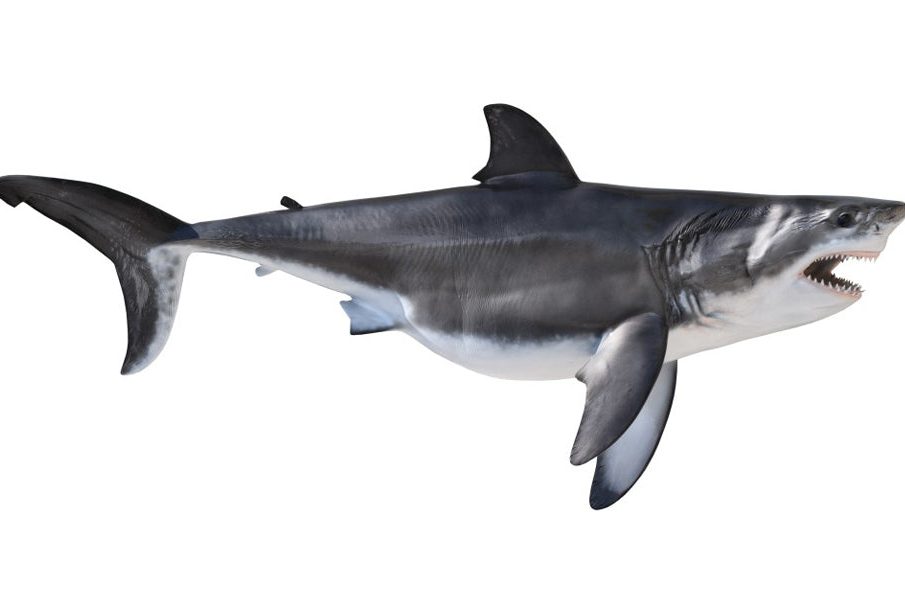Understanding Great White Sharks: Importance and Conservation Efforts

Introduction
Great white sharks, scientifically known as *Carcharodon carcharias*, are among the most iconic yet misunderstood marine predators. Their significance in the ecosystem, as apex predators, and the impact of human activities on their populations make them a critical topic of discussion in marine biology and conservation. Over the last few decades, great white sharks have garnered attention not only for their size (they can grow up to 20 feet) but also for their complex behaviors and needs within their habitats. As public interest grows, so does the urgency to protect this incredible species.
Behavior and Habitat
Great white sharks are primarily found in coastal waters of the world’s major oceans, particularly in temperate regions. They are known for their unique hunting strategies that involve breach attacks — launching out of the water to catch seals and other prey. Despite their fearsome reputation, great whites play a crucial role in maintaining the health of marine ecosystems by controlling the populations of marine mammals and fish species. In recent studies, researchers have noted an increase in the frequency of sightings off the coast of Eastern Canada and the northeastern United States, suggesting a possible resurgence in their populations.
Conservation Challenges
Despite their ecological importance, great white sharks face numerous threats. Overfishing, bycatch, and habitat destruction contribute significantly to declining populations. Moreover, they are often targeted due to misconceptions about their behavior towards humans. The International Union for Conservation of Nature (IUCN) has classified great white sharks as vulnerable, with conservationists urging for stricter regulations on shark hunting and enhanced protections for their habitats. Recent efforts by organizations and governments aim to increase awareness and implement protective measures, such as shark sanctuaries and monitoring programs, to ensure their survival.
Conclusion
As we broaden our understanding of great white sharks, it becomes clearer how vital they are to the marine environment and how our actions can profoundly affect their future. Conservation efforts are crucial not only for the survival of great whites but also for the health of ocean ecosystems as a whole. Continued research and public awareness campaigns can help shift perceptions, reduce fear, and foster a culture that values and protects these remarkable creatures. As we look to the future, a collaborative approach between scientists, conservationists, and the community will be key to safeguarding great white sharks for generations to come.







